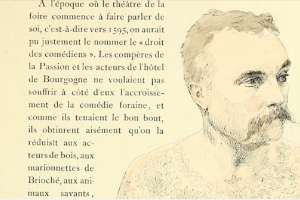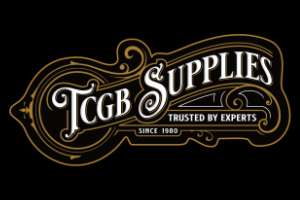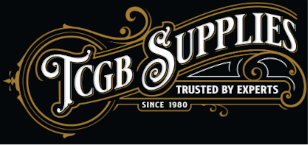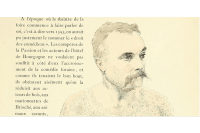
A free online seminar delivered by the Association for Art History as part of the Art History Festival, 19-26 September 2022
About this event
‘Tattooing our skins and calling it painting’: An Art Historical Approach to Tattooing
In this talk, based on extracts from his new book Painted People: A History of the World in 21 Tattoos (HarperCollins), Matt will make a case for approaching tattooing using the methodological tools of art historical scholarship, and present some of the surprising findings that occur when we do.
Tattooing is a medium, not a phenomenon. To those who have never been tattooed, the simple, painful act of inserting an ink-soaked needle into the skin seems like the most salient fact about the practice. Thought of in this way, a tattoo mark made by a sharpened turkey bone in ancient North America and the elaborately decorative backpiece tattoo on a wealthy traveller to Japan in the 1880s are usefully thought of as the same thing, at some basic level. The things non-tattooed people too often ask tattooed people about our reveal some basic anxieties about the process of tattooing which has remained basically unchanged the same throughout all of human history.
But just as pre-historic cave painting, Renaissance frescos, and toilet wall graffiti are not directly comparable simply because they are paint on vertical surfaces, tattoos in one place and time are also not directly comparable with those made elsewhere simply by virtue of the way they are produced. The stories in Painted People are connected not just by the fact that they involve ink in skin, but because in each case, we can take those ink marks as indicative of something beyond themselves.
Dr Matt Lodder is a Senior Lecturer in Art History and Theory, and Director of American Studies at the University of Essex. He teaches European, American and Japanese art, architecture, visual culture and theory from the late 19th century to the present, including modern and contemporary art post-1945, digital and "new media" art, and the intersections between art & politics. His research primarily concerns the application of art-historical methods to history of Western tattooing from the 17th century to the present day, with a principal focus on the professional era from the 1880s onwards.
This event is delivered by the Association for Art History as part of our nationwide Art History Festival. View the full Art History Festival programme.
About the Association for Art History
The Association for Art History shapes the future for art history. Through advocacy, events, networks, membership, grants and publications, we celebrate and promote the value of art history and visual culture today.
ALAN KIRWAN (He/Him)
Head of Programmes



